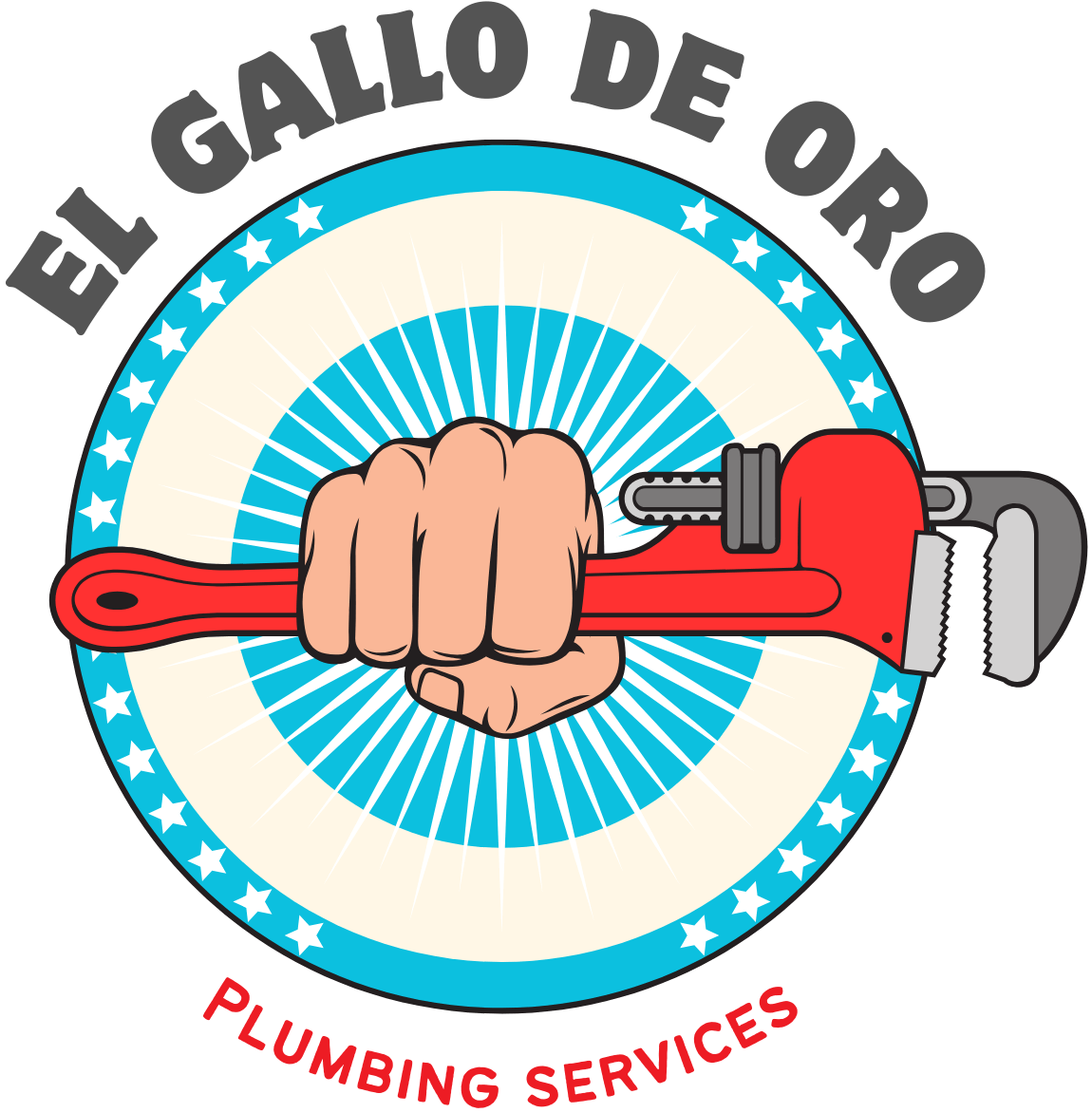A balanced water flow system is essential to maintaining the comfort, efficiency, and safety of any property. When water pressure is too high or too low, it affects not just performance, but also long-term infrastructure durability and energy use. One often overlooked factor in achieving equilibrium is the design and quality of the piping network itself. The way water is distributed throughout a building—from its source to the most remote fixture—has everything to do with structure, material, and layout. This is where modern piping services play a critical role.
The Importance of Pressure Regulation
Consistent water pressure across all outlets is not a coincidence—it’s a result of careful engineering. Without well-regulated pressure, you may experience anything from weak showers to damaged appliances. Properly sized pipes and well-calculated routes help reduce fluctuations caused by demand or elevation changes. Additionally, regulating valves, expansion tanks, and strategically placed loops all work together to distribute water evenly. These design elements are more effective when they are part of an intentional system installed with both performance and longevity in mind.
Optimizing Water Distribution Across Zones
Large properties, multi-unit buildings, and commercial spaces often face uneven flow due to the distance between fixtures or simultaneous demand. A well-executed piping layout ensures every area receives the appropriate volume without compromising others. Zoning the system with distinct pathways and flow controls can prevent high-usage areas from affecting low-demand spots. This improves not just functionality, but also user experience and equipment life. Reliable piping infrastructure helps maintain this distribution, especially when paired with pressure-balancing systems and efficient fixtures.
The Role of Modern Piping Materials and Layouts
New piping materials like cross-linked polyethylene (PEX) and corrosion-resistant copper have improved how water systems perform. Their flexibility, resilience, and efficiency support a more stable flow even under variable conditions. Equally important is the layout. Shorter runs, fewer sharp angles, and looped systems can minimize turbulence and reduce the pressure needed to move water through the structure. When these materials and layouts are implemented with intention, the result is a more balanced and durable plumbing network that supports the demands of everyday use.
Preventing Long-Term Imbalances and Damage
Unbalanced water flow isn’t just inconvenient—it can lead to premature wear, leaks, and costly repairs. High pressure in some areas may crack seals or stress valves, while low pressure in others can hinder appliance performance. These issues often arise from poor planning or degradation over time. Preventive maintenance and regular system evaluations are key to catching early signs of imbalance. Working with knowledgeable professionals ensures that piping services are not only reactive but also part of a long-term strategy to preserve water quality and pressure equilibrium.
Achieving a balanced water flow system isn’t just about fixing what’s broken—it’s about understanding how all components work together. From the choice of pipe material to the overall system design, every decision has an impact. A thoughtfully executed plumbing network creates stability, efficiency, and comfort in any type of building environment.
Read more:
Preventing Water Waste Through Properly Designed Piping Services
How Smart Plumbing Technology and Piping Services Improve Water Conservation

